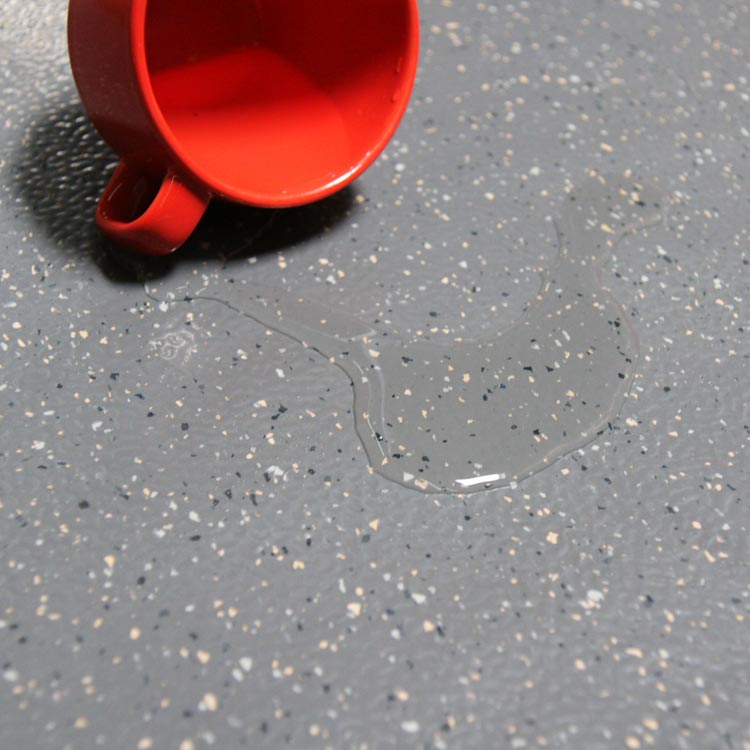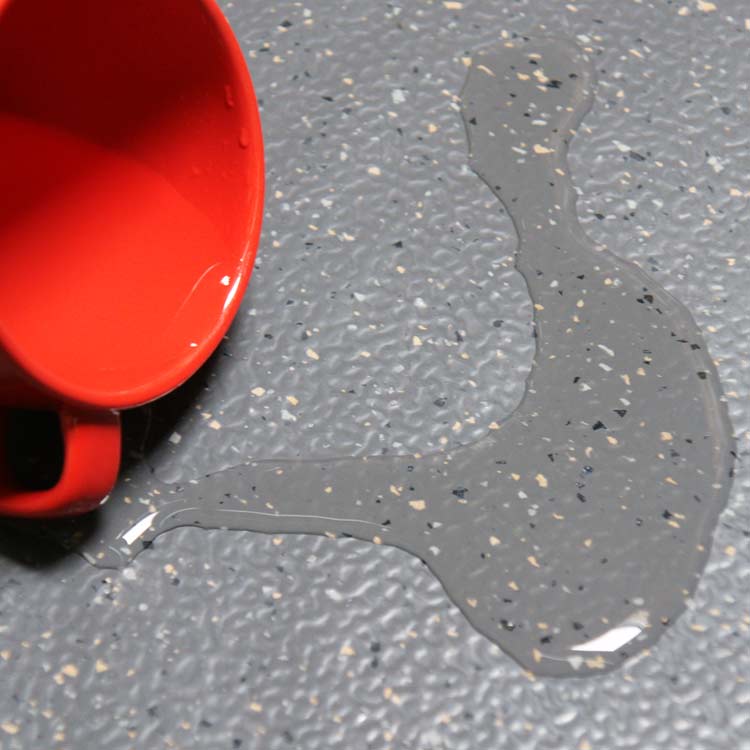 Rubber flooring for bathrooms offers characteristics which other flooring types cannot. As unassuming as it appears, a bathroom is a stage set for disaster. The toilet and porcelain-tiled countertop may seem like your hygienic partners in crime, but when combined with slick wet floors, these solid objects could be your worst enemy. Before you opt to ship out your toilet, consider exploring bathroom flooring options available to you.
Rubber flooring for bathrooms offers characteristics which other flooring types cannot. As unassuming as it appears, a bathroom is a stage set for disaster. The toilet and porcelain-tiled countertop may seem like your hygienic partners in crime, but when combined with slick wet floors, these solid objects could be your worst enemy. Before you opt to ship out your toilet, consider exploring bathroom flooring options available to you.
Ceramic tile and linoleum are the most commonly used materials for bathroom flooring. These materials offer a homeowner or business owner the ease of cleaning, which is as simple as wiping a wet floor with a towel or dry rag; however, as far as your safety is concerned, ceramic tile and linoleum are not the best bathroom flooring options. Their surface textures cause them to become slippery when moist or wet and this can lead to hazardous conditions where accidents may occur.
Laminate wood is a less common bathroom flooring option that some of the more adventurous homeowners choose. Laminate wood is sealed to be water-resistant but is eventually weakened over time if not resealed consistently. As a result, the wood swells with water, leaving your bathroom floor soggy, uneven, and prone to mold and mildew growth.
The most versatile bathroom flooring option, however, is rubber flooring. Rubber flooring for bathrooms is a great option that does not sacrifice any qualities of durability, ease of maintenance or aesthetic appeal. Here are five reasons why rubber reigns in the restroom:
 Safety: Rubber is characteristically an anti-slip material due to its higher coefficient of friction than ceramic tile or stone surfaces. Bathrooms are moist and humid, yet rubber maintains traction even when moist or wet. Rubber flooring for bathrooms is also ideal for households with toddlers running around. The soft floor ensures that a fugitive youngster won’t fall against a hard floor surface.
Safety: Rubber is characteristically an anti-slip material due to its higher coefficient of friction than ceramic tile or stone surfaces. Bathrooms are moist and humid, yet rubber maintains traction even when moist or wet. Rubber flooring for bathrooms is also ideal for households with toddlers running around. The soft floor ensures that a fugitive youngster won’t fall against a hard floor surface.Rubber flooring for bathrooms is easily the most ideal of bathroom flooring options. Rubber’s natural qualities promote safety, durability, and ease of maintenance. Our products particularly offer ease of installation and aesthetic appeal. Your bathroom shouldn’t be an area for potential disaster, it should be a serene environment where you feel at peace.